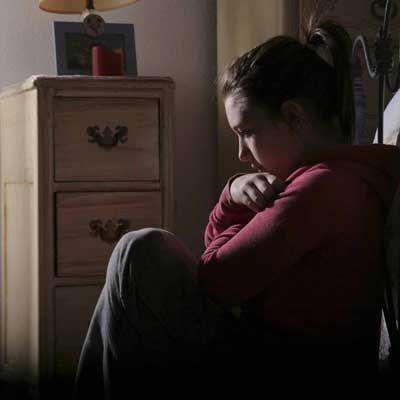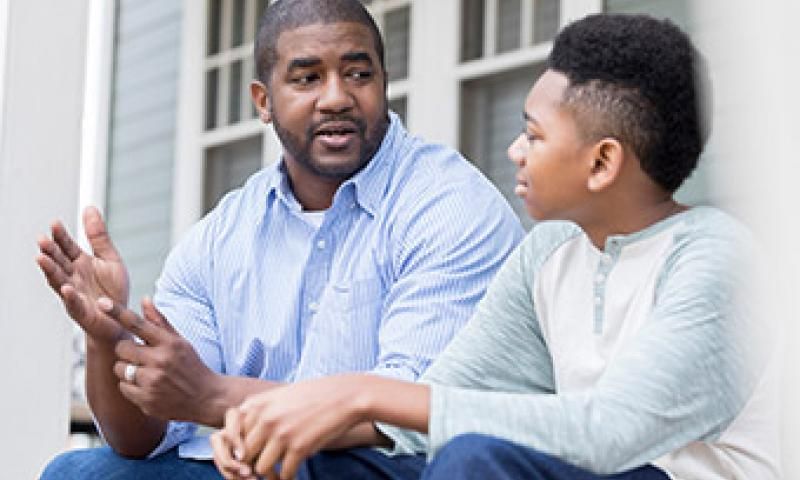In a recent blog post, C&A provided tips on how parents and teachers can build resiliency skills in younger children. But resiliency reaches far beyond just children. Teens who have been through traumatizing situations need help from parents and teachers as well, but in a slightly different way.

WORN OUT
For parents of younger children, the goal is to begin building their child’s resiliency suitcase by carefully packing lessons and skills learned from past life experiences into a resource for later use. But as time goes on, those skills learned early in life become worn out like dirty clothes half way through a trip. Teens may encounter new situations but lack the correct skills to deal with the problem on their own. When circumstances like these arise, a teen’s coping ability can be stretched to its limits, causing the teen to shut down both emotionally and physically. It is important to teach teens how to refill their suitcase when it becomes depleted.
Mary Kreitz, the trauma program manager at Child and Adolescent Behavioral Health (C&A), offers many suggestions for parents trying to help their struggling teenager.
- Advise your teen to consult a professional for assistance in developing new strategies for coping or adjusting old strategies to make them more effective.
- Help them find new resources and make use of those resources to further the resiliency training.
- Encourage them to build new relationships with people who can support, encourage and empathize.
STARTING FROM SCRATCH
But what about teens who have never had a traumatizing circumstance or have never learned how to be resilient? Can they still learn? The answer is an absolute yes!
Although the process of learning resiliency is different for everyone depending on what they have experienced and how old they are, teaching teens is great because they tend to have more control over their own lives.
Teens are less physically vulnerable and tend to have better verbal skills which allow them to talk more clearly about how situations affect them. On the other hand, they have had more time to internalize societal messages that can lead to feelings of guilt, shame or humiliation

Teens may want to be more independent, but they might not be emotionally prepared for everything that comes their way. This makes it especially important for parents to be involved in a teen’s resiliency journey as they can provide the teen with wisdom and advice from their own past experiences.
When trauma occurs, teens may seek refuge in their parents’ help for a sense of safety and in some cases may delay their own natural progression toward adulthood and independence. However, they may also head in the exact opposite direction, becoming very reluctant to reach out for help and comfort from their parents and wanting to exert their independence by handling things on their own.
Kreitz offers some suggestions to parents in these circumstances as well.

- Offer support, patience, understanding and encouragement. Providing these things is the best way to build a strong and trusting bond between you and your teen.
- Set reasonable expectations. Having some expectation is good because it encourages teens to work hard. However, expecting a teen to be completely self-sufficient is going to overwhelm and stress them.
STARTING FROM SCRATCH
- Start conversations. Let your teen know what your reasonable expectations are and help them know that you are a safe and trustworthy person to talk to.
- Remember you don’t know everything. It is always better to admit that you don’t have all the answers than to give the wrong information. You may not be able to fix all their problems, but that is why professionals and C&A clinicians exist. Simply being able to listen without judgment and empathize with their struggle is enough.

If you child is struggling with resiliency skills, please call C&A’s offices at 330-433-6075.
Mary Kreitz is C&A’s Trauma Program Manager. Kreitz has over 20 years of experience in clinical mental health counseling and is an expert in the field.
RECENT POSTS












